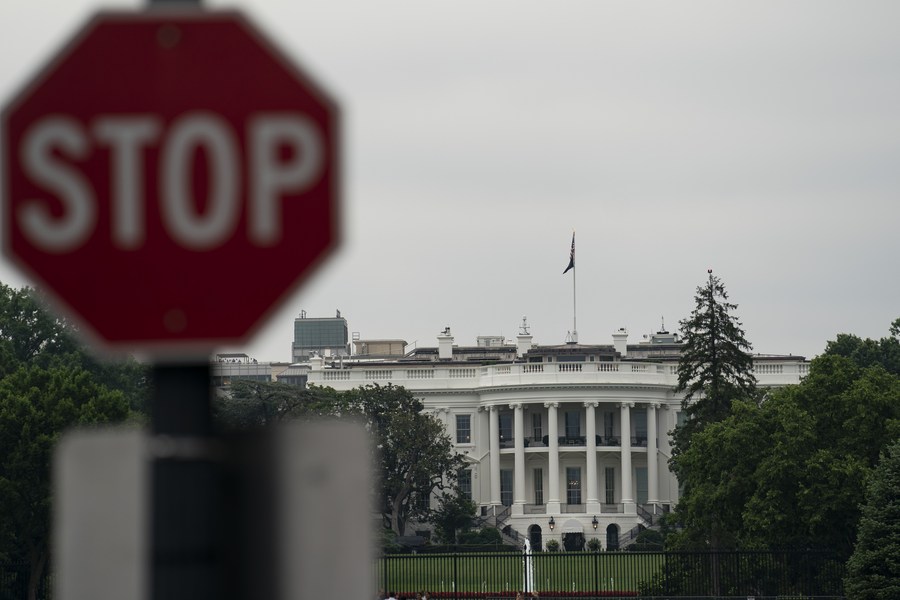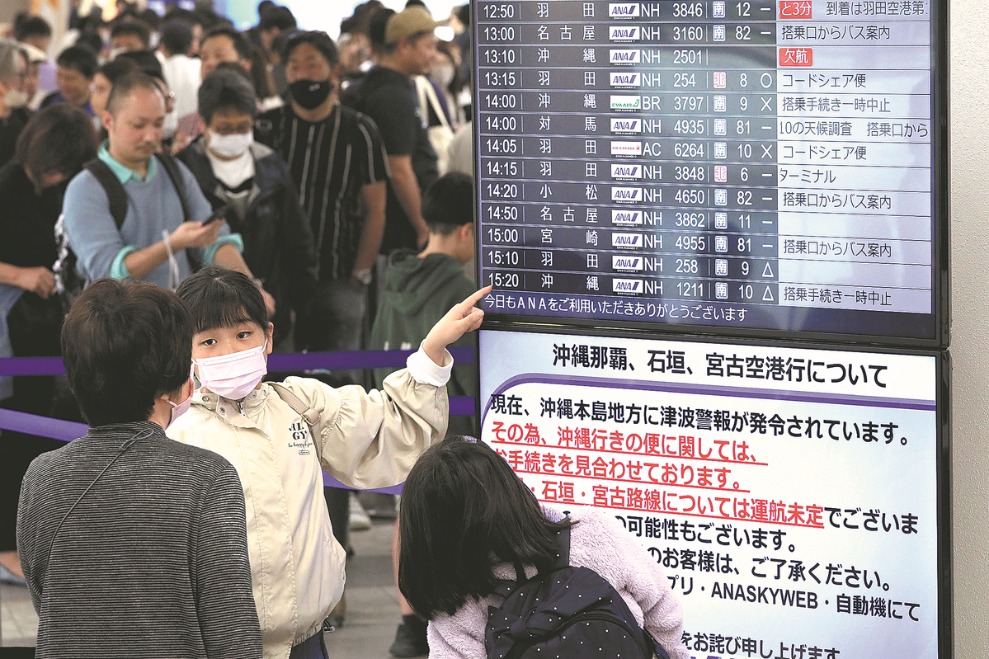Fentanyl is solely American problem, and it blames China
Xinhua | Updated: 2023-07-19 09:18

NEW YORK - The United States is the only country in the world that has been battling a grave opioid epidemic, and it is bent on blaming China.
The abuse of opioids, particularly fentanyl, has overtaken gun violence and car accidents in recent years to become the leading cause of accidental deaths across the United States.
Analysts said that while there are mixed factors behind the crisis, Washington should face up to its own incompetence in fixing the prolonged woe largely "out of its own making," resulting from overprescription of legal pain medications, inadequate and piecemeal anti-drug plans corrupted by interest exchanges between drug companies and politicians.
CHEAP, ABUNDANT STREET DRUGS
Fentanyl and its derivatives sufentanil, alfentanil and remifentanil are all synthetic phenypiperidine drugs, which are synthetic opioid receptor agonists.
A painkiller for countless patients, fentanyl has many side effects. The drug has gradually become a menace to social security across the United States, a society long plagued by opioid addiction and abuse.
Statistics by the Council on Foreign Relations in April indicated that opioids, primarily fentanyl, are the leading cause of U.S. overdose deaths, which have roughly quadrupled over the last ten years for which data is fully available. In 2021, the death toll surged to 80,411, more than 10 times the number of US military service members killed in the post-9/11 wars in Iraq and Afghanistan.
There have been three waves of opioid abuse in US society, with fentanyl being the "main character" of the third wave.
The first wave began around 1991 when some pharmaceutical companies invested heftily to fund experts and organizations to promote the harmlessness of opioids, lobbying physicians to prescribe them indiscriminately and pharmacies to sell them aggressively.
On one hand, this practice led to the formation of a "painkilling culture" in American society, in which people were accustomed to using painkillers as a symptomatic but not a curative way of coping with illnesses. On the other hand, it led to a sharp increase in the prescription of opioids then, and the number of deaths caused by opioids rose sharply. The most typical example is OxyContin, a drug developed by US pharmaceutical company Purdue Pharma. From 1999 to 2017, a total of 200,000 Americans died from overdoses related to OxyContin and other prescription opioids. Ultimately, Purdue Pharma was sued.
The second wave started around 2010. As opioid pills became more difficult to obtain consistently both by prescription and on the street, drug users, especially young and new users, transitioned to heroin.
The grip of this insidious drug was fueled by its potence, accessibility and affordability. From 2002 to 2013, heroin-related overdose deaths surged by 286 percent. A 2013 study showed about 80 percent of heroin users reported their previous addiction to prescription opioids. After fentanyl entered the market, its ubiquity meant many unsuspecting users risk being killed by the drugs.
The third wave is mainly driven by synthetic opioids, primarily illicitly manufactured fentanyl. Fentanyl, up to 50 times stronger than heroin and 100 times stronger than morphine, became the new cash cow of the illicit drug industry.
Drug dealers mix cheaper fentanyl with heroin or counterfeit pills to boost profit and cut transportation risks, which means many patients developed fentanyl use disorder without the slightest knowledge. The consequence? An alarming surge of fentanyl-related overdose deaths.
Each wave of the drug overdose epidemic is driven by cheaper and more potent substances. The research community is warning that Wave Four is characterized by fentanyl overdose coupled with mental health struggles.
More alarmingly, with fentanyl use spiraling upward, victims of opioids are changing. Across the United States, the drug kills disproportionately, with Black people suffering a higher rate of deaths than Whites, and those aged below 45 hit the hardest, according to Bloomberg.
























